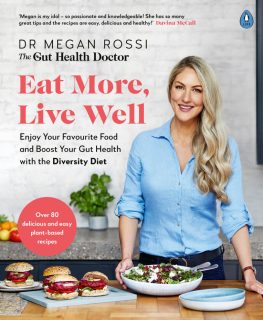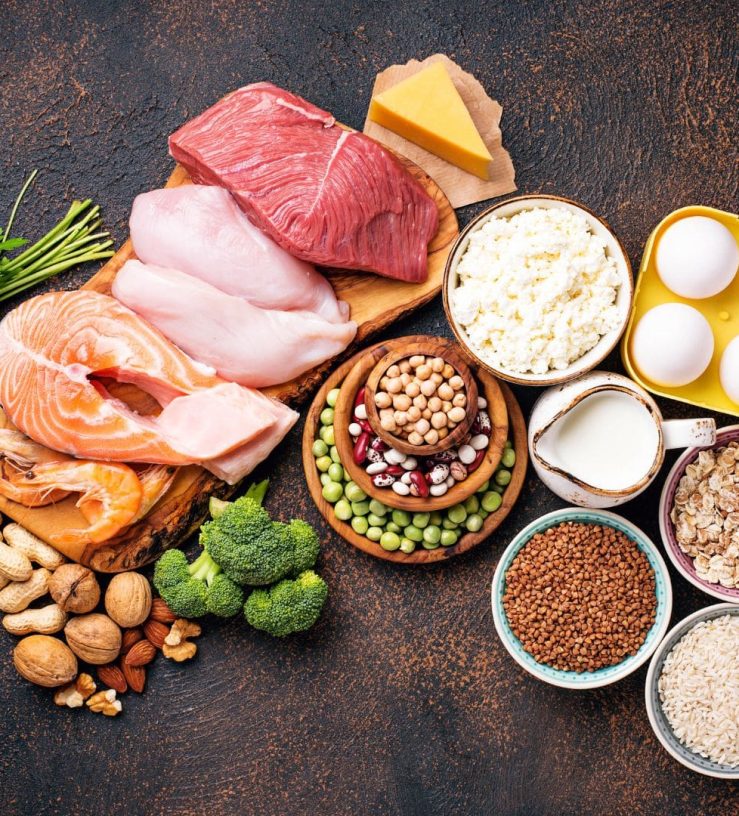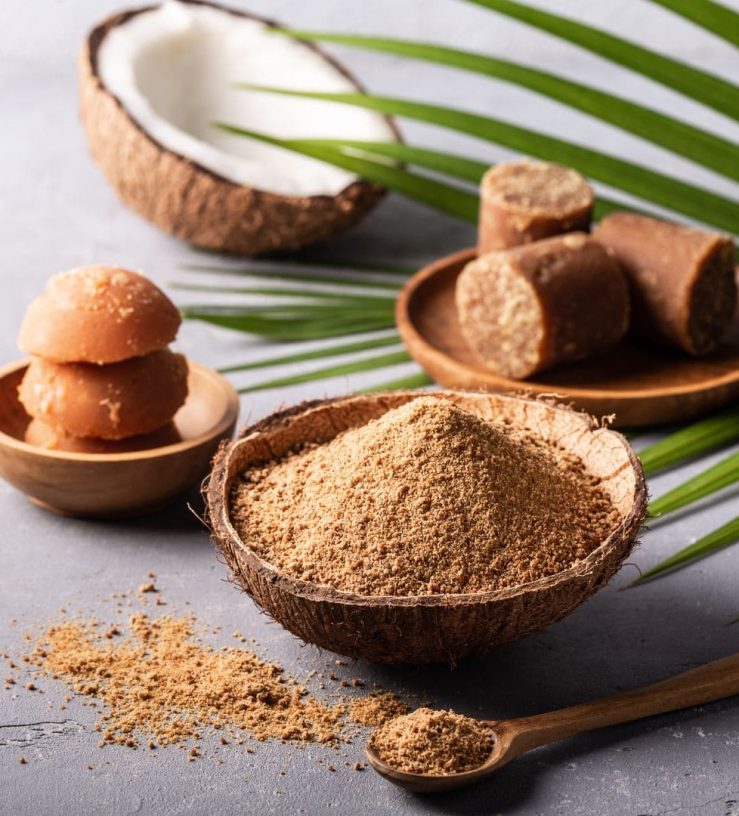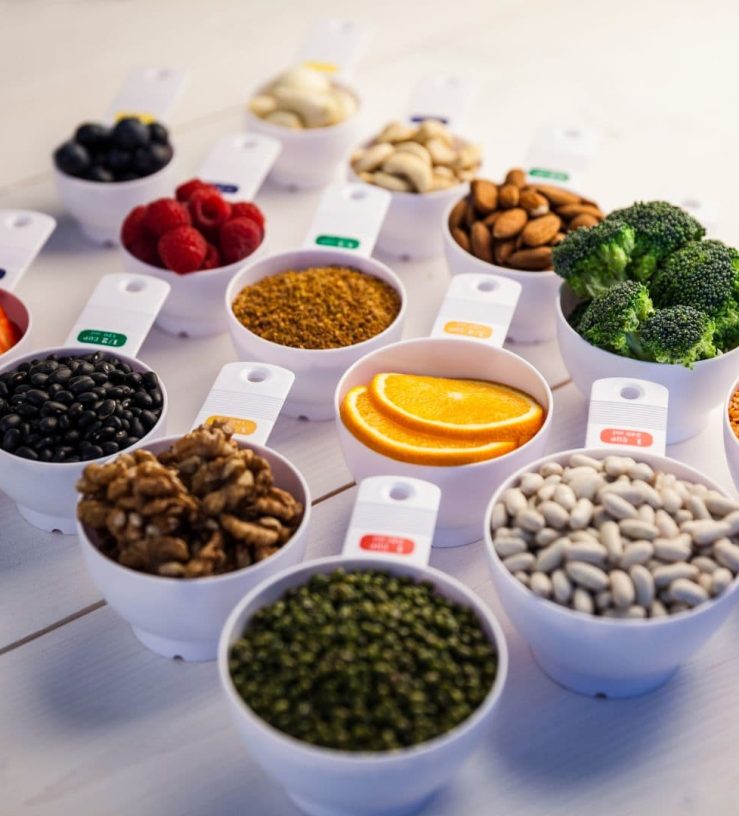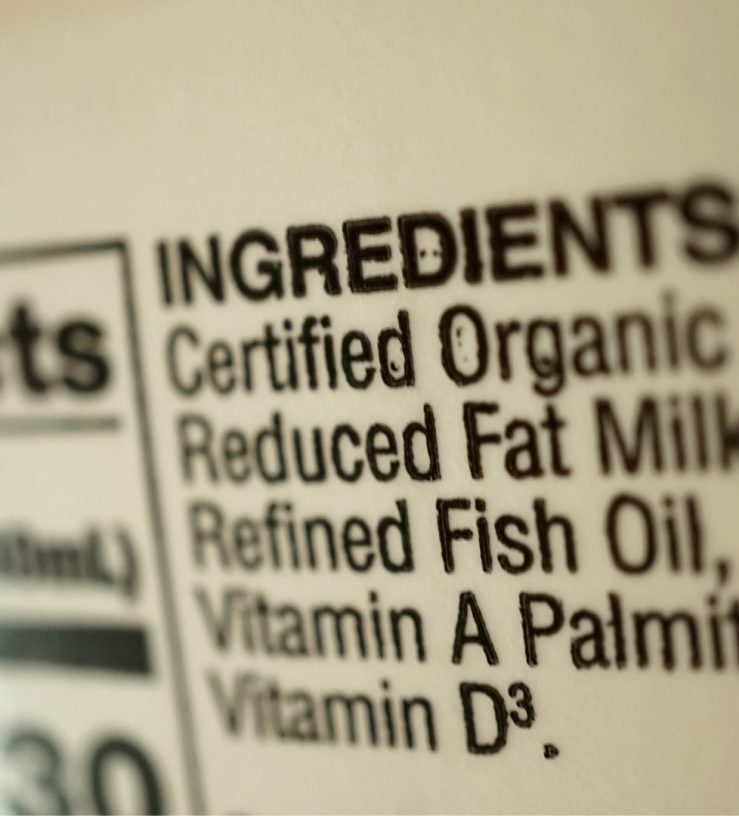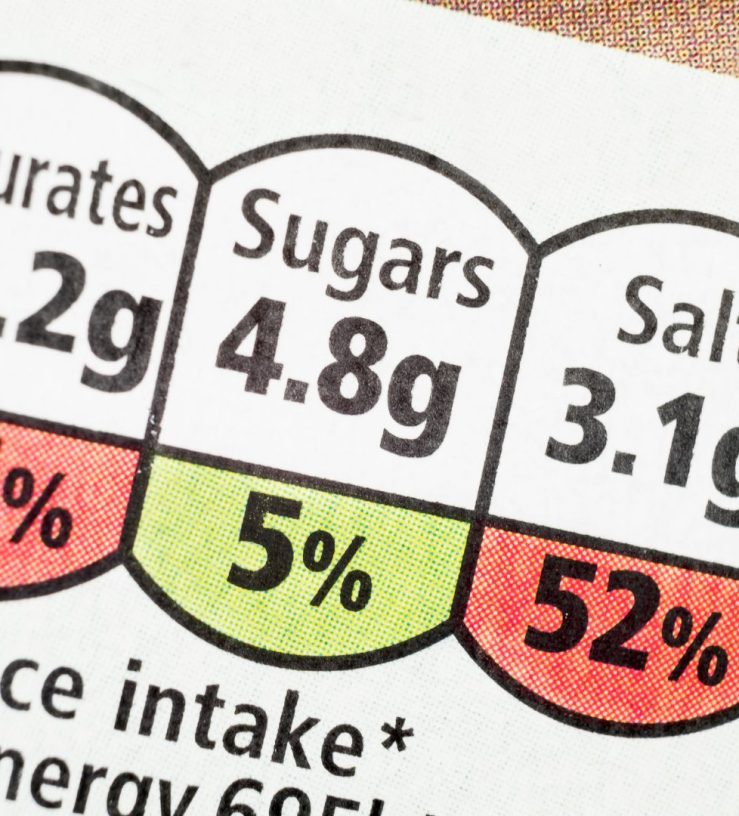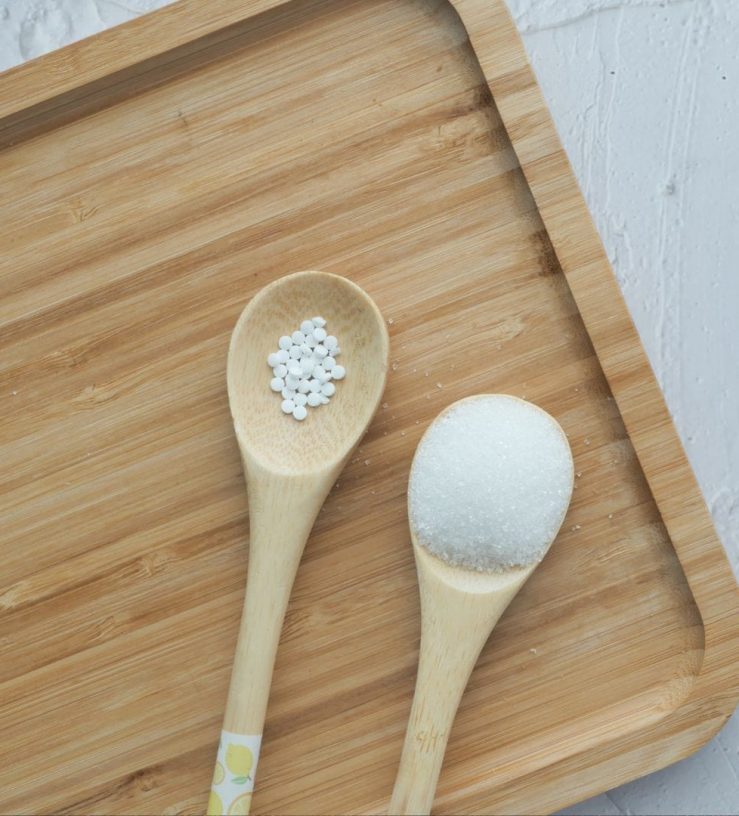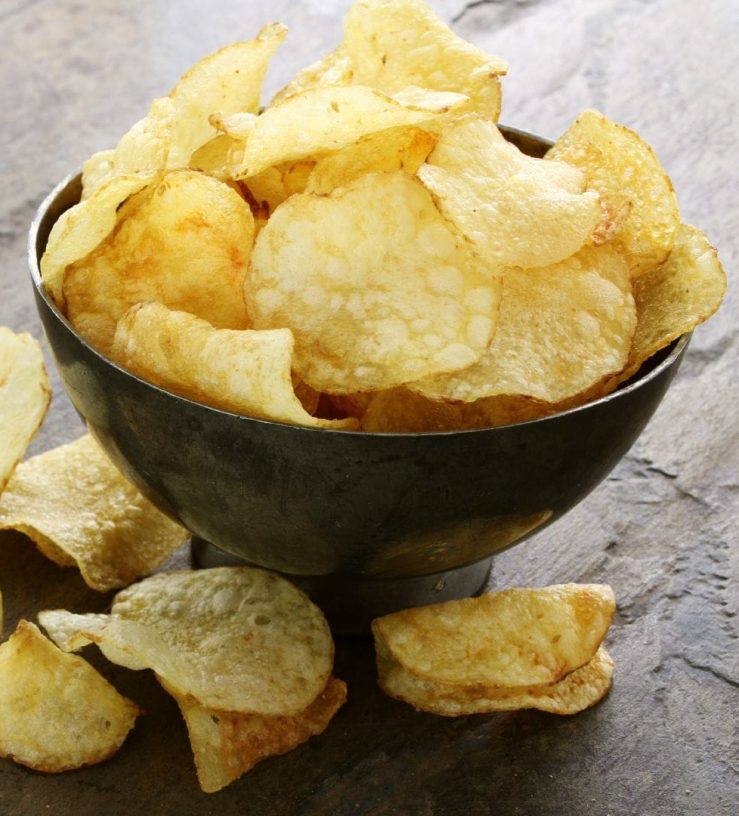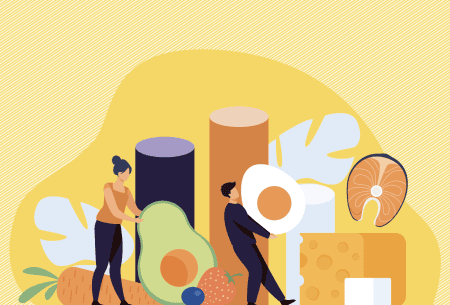With the rise in food manufacturers tapping into (gut) health trends and many making misleading claims on their packaging, as well as a lot of fear-mongering around ultra-processed foods (UPFs), it’s harder than ever to navigate what to eat. Although it’s quite clear that plants and whole foods are best, let’s face it: busy lives get in the way, and making everything from scratch is often unrealistic for most. So, do you struggle to know which convenience foods are worth adding to your basket?
Of course, not all food we eat needs to tick the health box, remember it’s about INclusion, not EXclusion. But it is frustrating to know that people are being tricked into making choices that they believe are healthier than they are. For example, many “all-natural” and “100% plant-based” bars contain over half of your daily recommended added sugar. Conversely, people are being put off from enjoying “processed” foods that can provide health benefits as part of a wider plant-based diet — for example, natural yoghurt is classified as “processed”.
Life would be easier if you could trust the branding and marketing of food products right? However, the sad reality is that manufacturers are very clever at capitalising on trends that will entice customers to buy their products. A lovely healthy-sounding name, pictures of plants or health benefit claims are alluring but the question is, will it actually benefit you (and your gut)?
On the other end of the spectrum are foods being demonised for being UPFs. The term UPF comes from the NOVA food classification system which places foods into four categories based on how much they have been processed during their production. UPFs typically have five or more ingredients (not including wholesome plant ingredients). The problem with categorising foods like these with the NOVA method is that foods, such as packaged pita bread, which can be a convenient addition to a healthy diet, are categorised along with less nutritious UPFs such as chicken nuggets and cookies. Pita bread is classified as UPF by the NOVA definition because alongside your standard wheat flour, yeast, water and salt (which would classify it as just ‘processed’) it also typically contains calcium propionate, which is a preservative added to prevent it going mouldy after a few days. The thing about calcium propionate is that while, yes it is an e-number, it’s also naturally found in some cheese. This is because during the ageing process of the cheese certain microbes produce it to prevent the growth of spoilage microbes. Similarly, ‘ascorbic acid’ (another e-number, yet naturally found in fruit and veg) which is the scientific name for vitamin C is added to foods to preserve their colour and freshness. Taken together, the current NOVA food classification system of UPF isn’t overly practical in terms of informing us about what is ‘healthy’ and what is not.
If you want to empower yourself, make informed decisions and become a ‘supermarket aisle Sherlock’ there’s just one clue worth following. Ignore the product’s name, appearance, classification, and claims — these are often red herrings that can throw you off the scent. Instead, head straight to the ingredient list. No magic marketing tricks are allowed here — all the ingredients must be listed from greatest to smallest by weight. This is the only way you can discover what it is that you’re really eating.
Here are 9 key things to look out for to become a true food detective!

